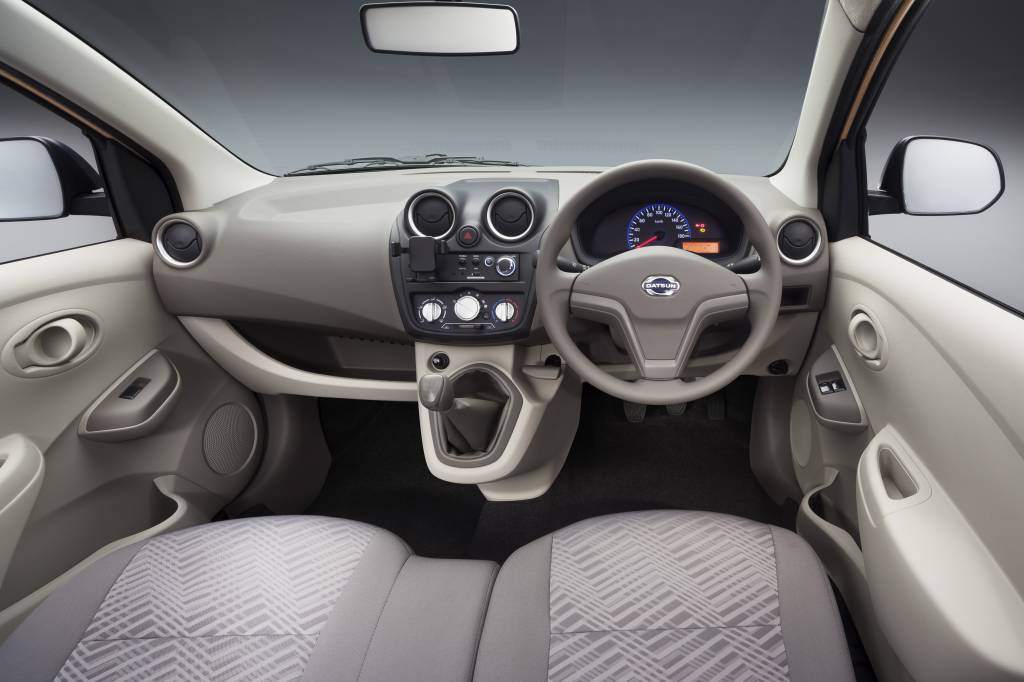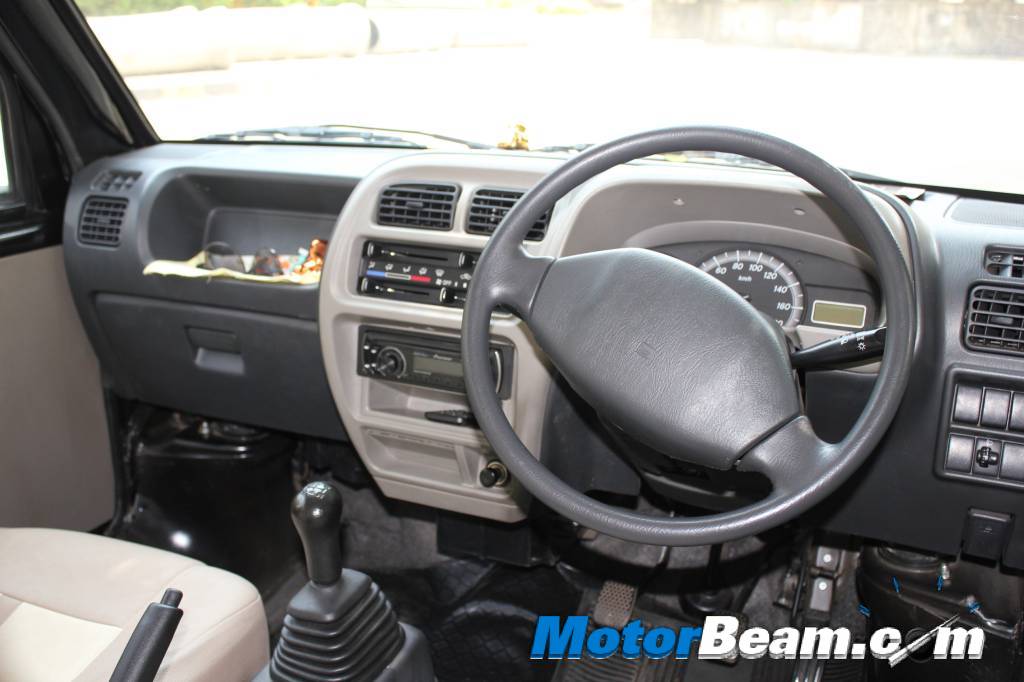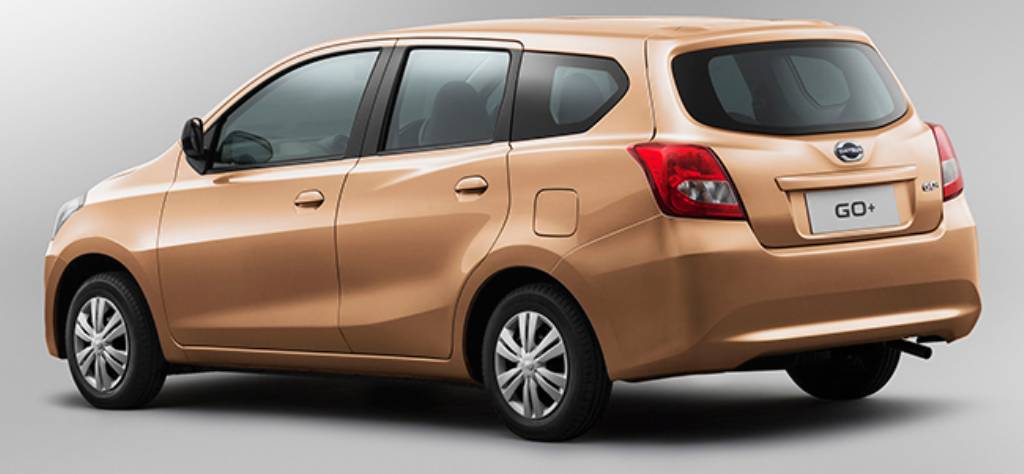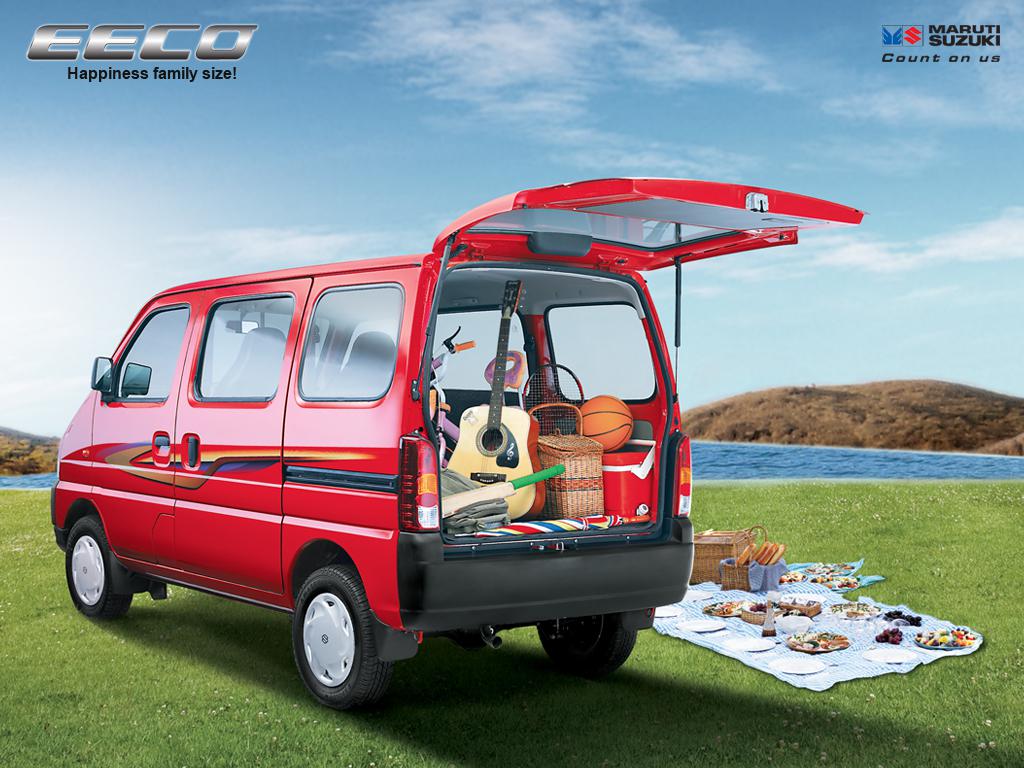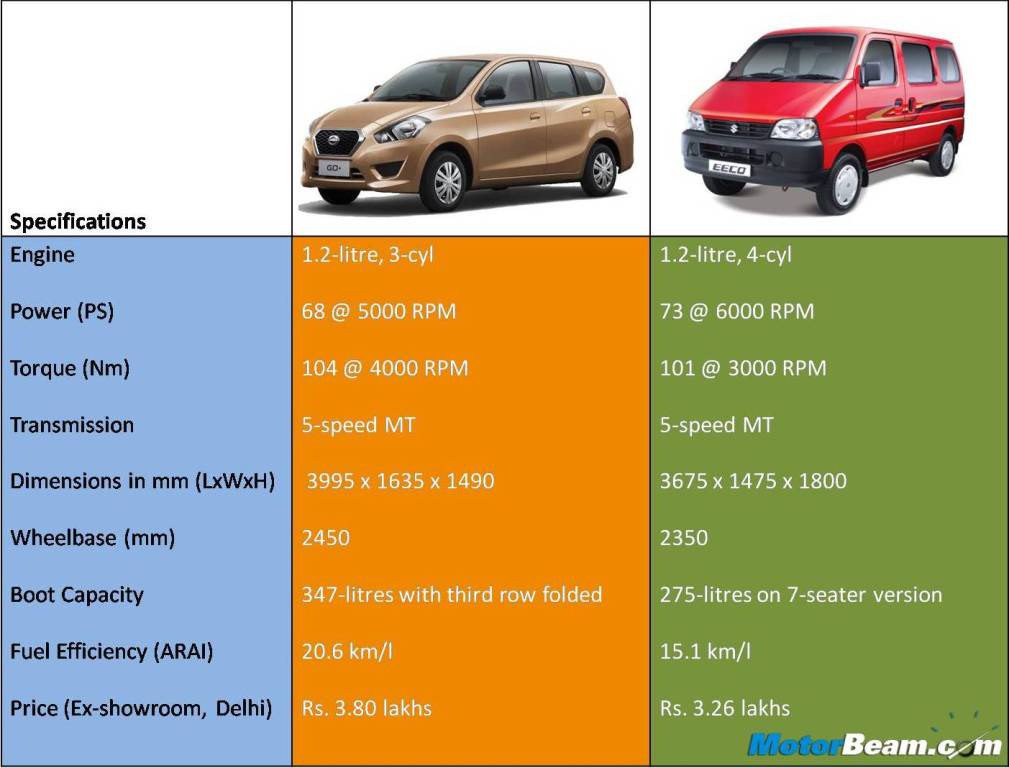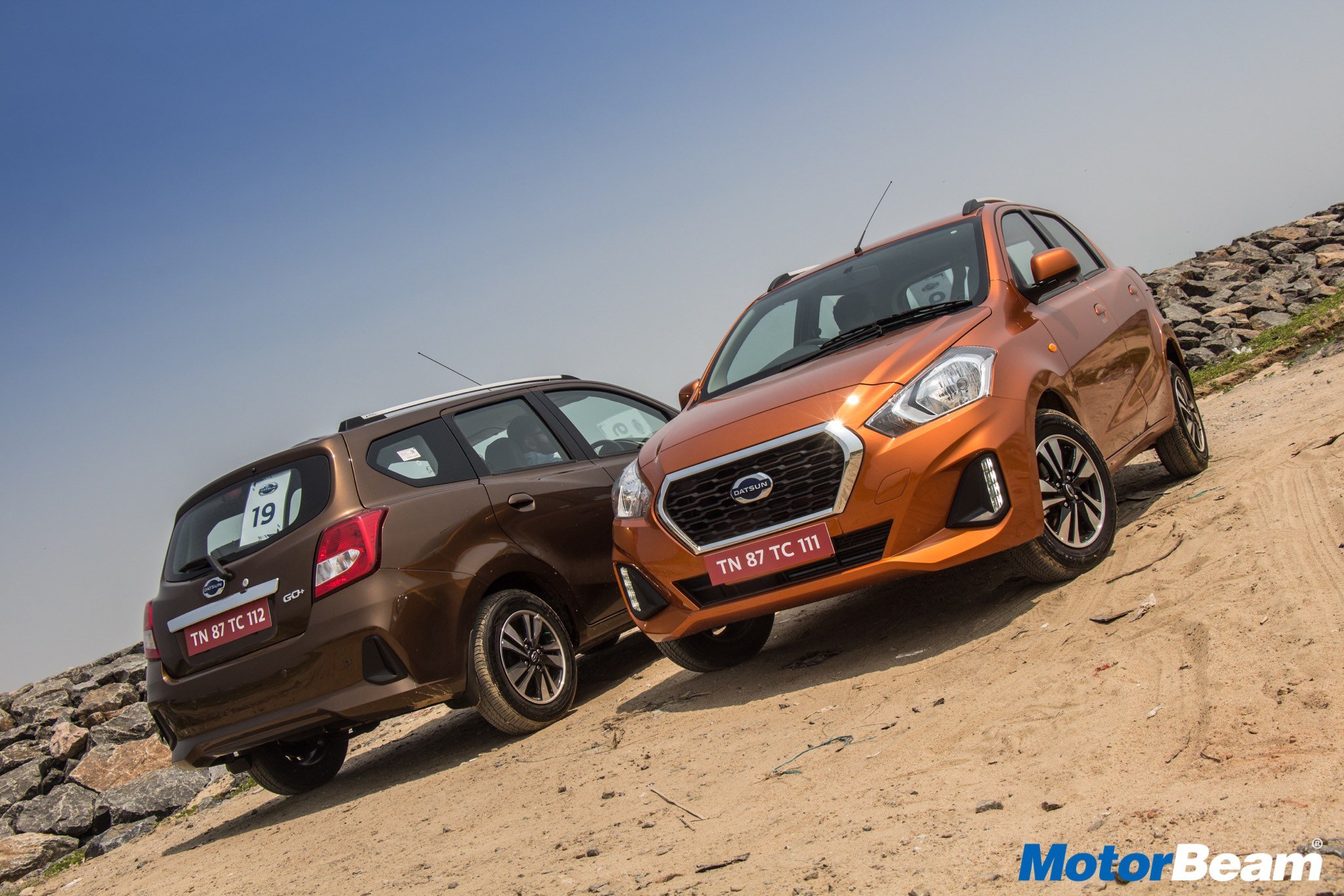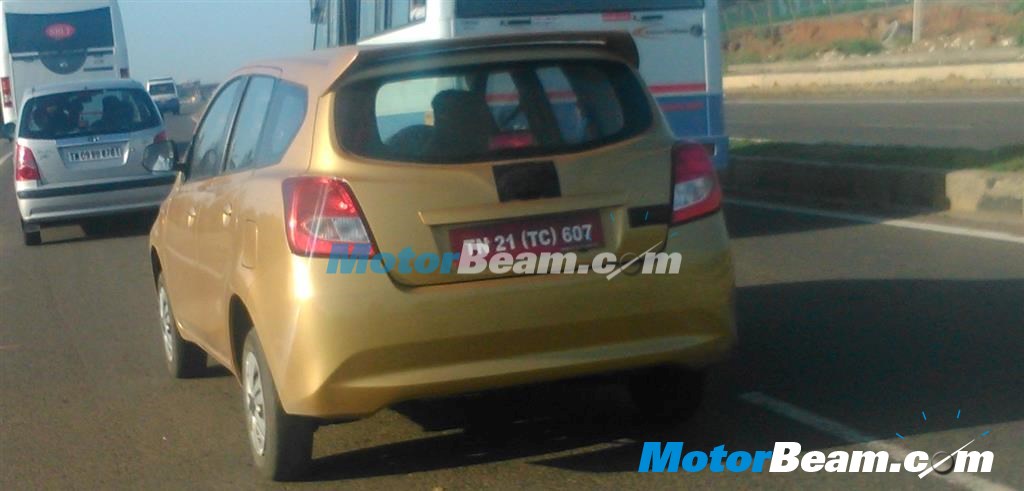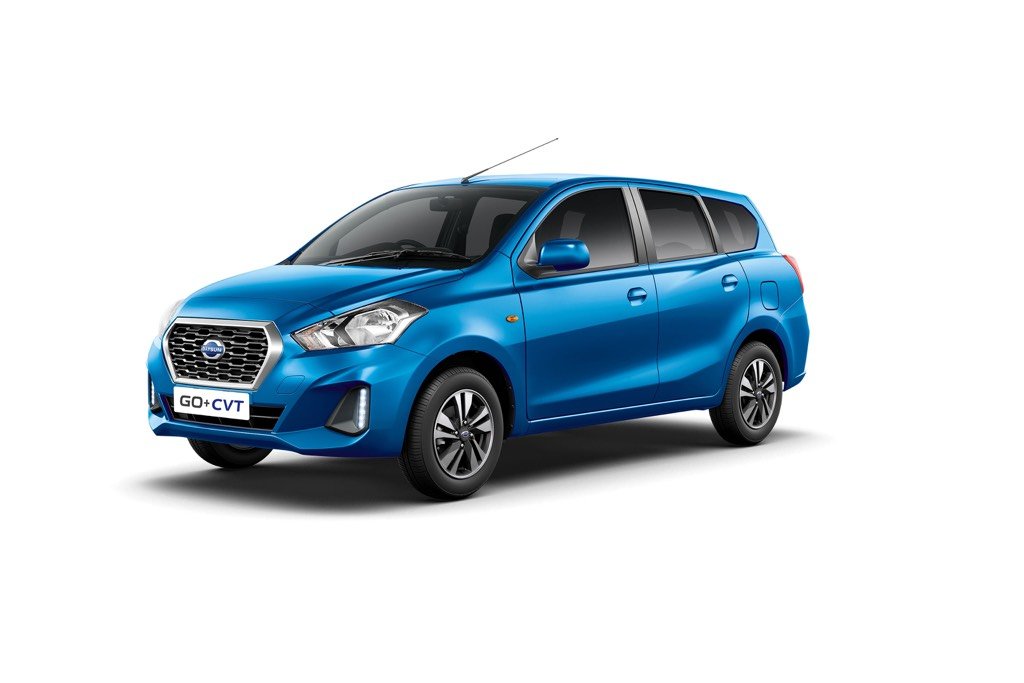Both the Datsun GO+ and Maruti Eeco are vehicles that provide low cost of ownership with the practicality of seating more passengers.
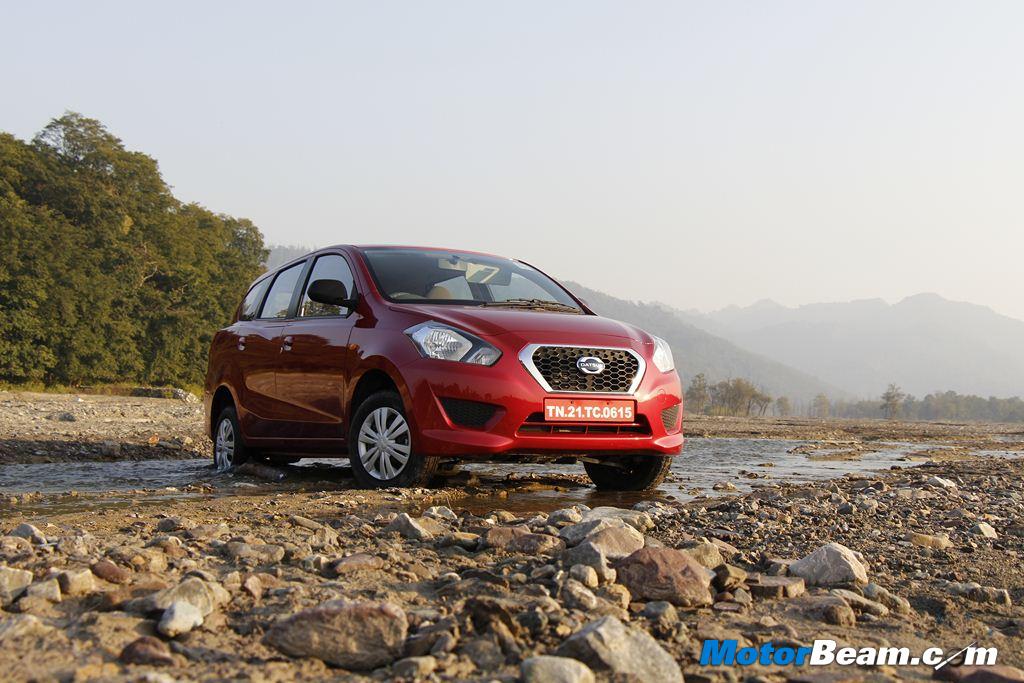
The first of its kind offering to be launched in the country, the Datsun GO+ is the sub 4-metre MPV targeted at audiences that need the extra third row of seats but with the ownership costs of a small hatchback. However, there is already another vehicle on sale in the market that comes with a 7-seater option, sub 4-metre length and also employs a 1.2-litre petrol engine under the hood. With so many striking similarities, we compare the newly launched Datsun GO+ and the no nonsense Maruti Eeco to see which one is worth your money.
Design – The new Datsun GO+ shares its design traits with the sibling GO and that truly works in its favour. With a car like silhouette, the GO+ looks young with the bold front grille and large headlamps, while the side profile is neatly done even with the elongated rear beyond the C-pillar. The GO+ does manage to impress you with the simplicity that won’t age really fast; a sure +1 for private car buyers that look at aesthetics very strongly.
In comparison, the Maruti Eeco comes with one of the most boring designs the Indian market can live with. It’s not ugly, it’s just boring and that simply makes the GO+ look so much better. The Eeco comes with a utilitarian look throughout, which is further fuelled by sliding doors for access to the second and third rows. The Eeco also happens to be smaller than the GO+ in terms of dimensions but is taller giving it a spacious appearance over the Datsun.
Interiors – Out of the two, the Datsun GO+ gets a better cabin with improved aesthetics over the Eeco. While cost cutting is evident on both, the GO+ gets edgier lines, circular air vents and a 3-spoke steering wheel that provides a younger feel inside. The Eeco on the other hand continues with the boring layout with a 2-spoke steering unit, single dial instrument cluster and flimsy plastic quality. While the cabin on both the vehicles do not boast of any interesting features, the GO+ at least gets the basics right with power steering, power windows, air-con unit, MID screen and mobile docking station with 2 speakers. The Eeco 7-seater in particular comes void of any features, missing out on power steering, power windows, audio system and even a air-con unit.
Engine – Powered by 1.2-litre petrol engines, while the Datsun GO+ gets a 3-cylinder motor, the Eeco is a 4-cylinder unit offering improved refinement over the former. The added cylinder also helps belt out 74 PS of power, more than the 68 PS found on the GO+. However, the car like dimensions of the Datsun help provide a more stable ride with impressive handling when compared to the Eeco’s tall body shell that results in extensive body roll. Both the models, come with 13-inch tyres that offer average grip.
Seating – While both vehicles are 7-seaters, it is the Maruti Eeco that offers a better seating layout despite the short dimensions. Compared to the GO+, the Eeco’s wheelbase is 10 mm shorter but the boxy design offers much better space inside the cabin, especially at the third row. The GO+ is a stretched hatchback and that does limit interior space. The third row bench is mounted on the floor and comes with no legroom as such making it best reserved for kids, unlike the Eeco.
Boot Capacity – The Maruti Eeco comes with a boot capacity of 275-litres on the 7-seater version without the seats being folded (third row is fixed) and the Datsun GO+ comes with a standard capacity of 48-litres, which can be extended to 347-litres with the third row folded. Looking from a private buyers’ perception, the Datsun offers impressive space that can be used occasionally. The Eeco however is the more practical here with the tall stance of the MPV and certainly helps buyers looking for space and seating in one go (no pun intended).
Price – With both the models being under 4-metres, the Datsun GO+ and Maruti Eeco come with a pricing advantage, falling under the small car excise duty bracket. However, the Eeco being the bare bones version cuts out on a host of features and is priced Rs. 50,000/- cheaper at Rs 3.26 lakhs. The GO+ on the other hand is feature loaded in comparison, priced at Rs. 3.80 lakhs. Even though the Datsun is the more expensive here, it is also the much better equipped that will certainly entice private car buyers.
At the end of this comparison, it isn’t really difficult to choose the winner here. While the Maruti Eeco comes with a pricing and space advantage, it loses out on a lot more with its utilitarian design and lack of features. The audience is also largely different for the Eeco with mainly cab operators or small business owners opt for this MPV. The Datsun GO+ is targeted at the private buyer who do not want just a 7-seater but the entire experience of owning a car with an appreciable design, good dynamics and essential features inside the cabin. For the safety minded, the GO+ T variant has an option of a driver side airbag. So which one is your pick of the two and why?
